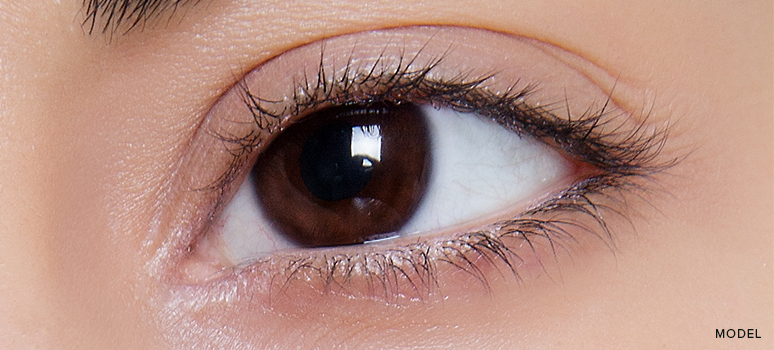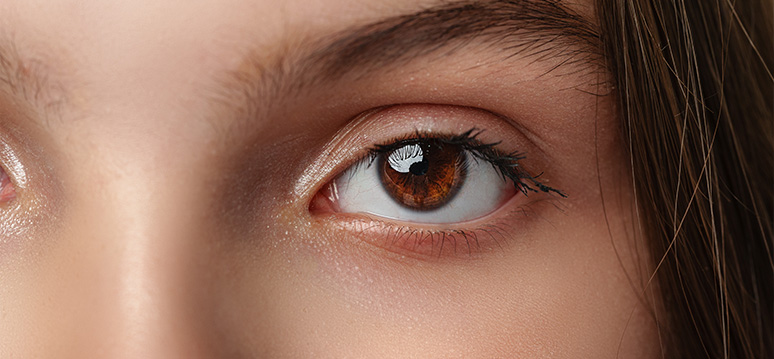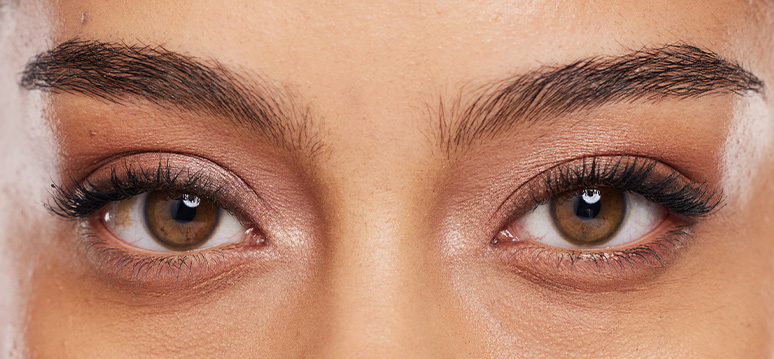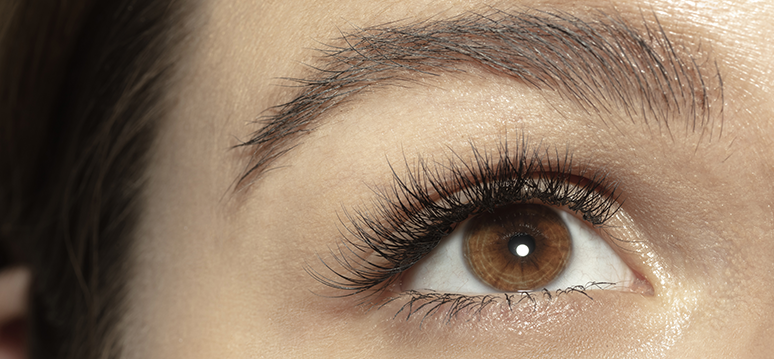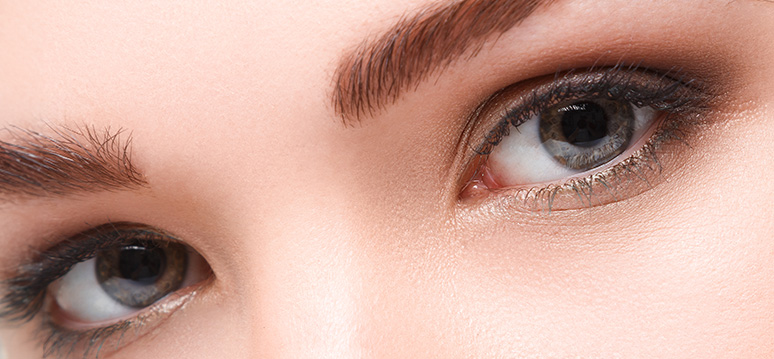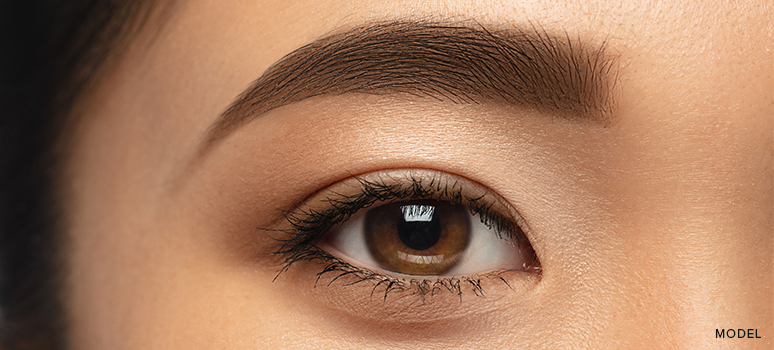Blepharoplasty has attained a notable increase in popularity as a highly sought-after cosmetic procedure in recent years. This surgical option provides a proven method for rejuvenating the eyes, giving them with a refreshed look that endures over time.
The focus of this article will be to explore the differences between surgical procedures performed on the upper and lower blepharoplasty.
Upper Blepharoplasty
We’ll talk about the upper and lower blepharoplasty. But first, what’s upper blepharoplasty? It is also recognized as upper eyelid surgery or upper eyelid lift, is an effective cosmetic intervention used to correct drooping or sagging upper eyelids. This surgical option provides an excellent solution for reducing the presence of wrinkles, fine lines, and surplus skin around the upper eyelid region. Throughout the procedure, the surgeon makes a strategic incision along the natural crease of the upper eyelid, removing any excess skin and fat while tightening the underlying muscles if necessary. This surgical process guarantees a more youthful, refreshed, and alluring appearance of the eyes.
Upper eyelid surgery is a highly beneficial intervention that individuals seek to improve their appearance, alleviate discomfort around the eyes, and enhance their vision. Typically, the procedure lasts between 1-2 hours and patients may experience swelling, bruising, and very mild discomfort during the recovery process. While rare, risks and complications of this surgical option include infection, bleeding, scarring, and possible changes to vision. Ultimately, upper eyelid surgery serves as a safe and effective solution for those seeking to achieve a more youthful, refreshed appearance and relief from vision and discomfort issues.
Lower Blepharoplasty
Lower eyelid surgery, also referred to as lower blepharoplasty, is a cosmetic surgical procedure intended to target excess skin, bags, dark circles, and puffiness beneath the eyes. This procedure is successful in reducing the visibility of wrinkles and fine lines, leading to a more youthful and refreshed appearance. The surgeon creates a precise incision either on the inside of the lower eyelid or just below the eyelashes during the surgery. They then remove excess fat and tighten the underlying muscles as required. It is crucial to choose a qualified surgeon with significant experience in performing this operation to achieve optimal outcomes.
Reasons for getting lower eyelid surgery include the desire to improve one’s appearance, and alleviate symptoms such as puffiness and bags under the eyes. The procedure typically takes about 1-2 hours, and patients can expect to experience some swelling, bruising, and mild discomfort during the recovery process. Risks and complications associated with lower eyelid surgery include infection, bleeding, scarring, and a change in vision.
Differences Between Upper and Lower Blepharoplasty (Eyelid Surgery)
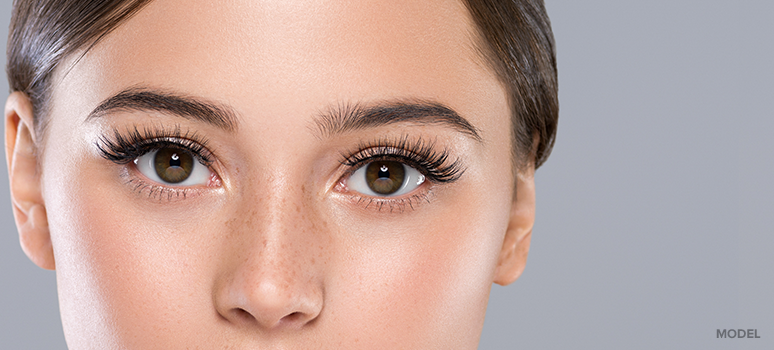
Recommended Article:
This transformative surgery can address drooping eyelids, under-eye bags, and puffiness, resulting in a more youthful and refreshed look. By enhancing the natural contours of the eyes, blepharoplasty not only improves aesthetics but can also boost self-confidence and overall facial harmony. Whether for aesthetic or functional reasons, this artful surgery offers a refined solution.
The primary distinction between upper and lower eyelid surgery is their target areas. Upper eyelid surgery is designed to address drooping skin and surplus fat in the upper eyelid region, whereas lower eyelid surgery aims to alleviate puffiness, bags, and extra fat in the lower eyelid area. Additionally, the incision sites differ between the two procedures. Incisions for upper eyelid surgery are typically located along the natural crease of the upper eyelid, while for lower eyelid surgery, the incisions can be placed either below the lower eyelashes or inside the lower eyelid.
Upper and lower eyelid surgeries share several similarities. Both surgeries are usually performed under local anesthesia with sedation, and both have comparable risks and complications. Furthermore, both surgeries have a similar recovery process, which typically involves swelling, bruising, and discomfort. These postoperative symptoms can be managed using pain medication and cold compresses.
Frequently Asked Questions (FAQs)
What is the cost of eyelid surgery?
Typically, the cost of upper eyelid surgery ranges between $2,000 and $5,000, while lower eyelid surgery costs between $2,500 and $5,500. It is important to note that insurance does not typically cover the cost of cosmetic eyelid surgery and patients should consult with their surgeon for an accurate estimate of costs.
How long does eyelid surgery take?
The duration of eyelid surgery is dependent on the type of surgery performed. On average, upper eyelid surgery typically takes 1-2 hours, while lower eyelid surgery takes approximately 2-3 hours.
Will I be awake during the procedure?
Most eyelid surgeries are performed under local anesthesia with sedation, which means that you will be awake but will not feel any pain. However, some surgeons may use general anesthesia, which means that you will be completely asleep during the procedure.
How long does recovery take for eyelid surgery?
Recovery time varies depending on the individual and the type of surgery being performed. However, patients can expect to experience swelling, bruising, and discomfort for the first few days after surgery. It is recommended to take 7-10 days off from work or other activities to allow for proper healing.
Will there be scarring after eyelid surgery?
There will be some scarring after eyelid surgery, but the scars are typically very small and hidden within the natural creases of the eyelid or under the eyelashes.
Conclusion
Eyelid surgery offers a highly effective solution to enhance the aesthetic appeal of the eyes and attain a rejuvenated and youthful look. It is crucial to recognize the dissimilarities between upper and lower eyelid surgery, as well as the potential risks, advantages, and recuperation process linked with each type of surgery. Therefore, if you are considering eyelid surgery, it is of utmost importance to seek the services of a reputable and experienced plastic surgeon. A qualified surgeon can help you navigate the options and formulate a personalized treatment plan that caters to your specific needs and goals.


